AN EXCEPTIONALLY RARE YELLOW-GROUND SILK 'DRAGON' NOBLEWOMAN'S COURT ROBE, CHAOPAOQianlong The remarkable robe made of fine brocade exquisitely worked in vibrant couched gold and multi-coloured threads with nine five-clawed dragons pursuing flaming pearls amidst wispy ruyi-form clouds, all on a yellow xiangse ground and above the lishui stripe interspersed with the terrestrial diagram, the collar flanked by raised shoulder seams similarly decorated with writhing dragons and ruyi clouds, lined in a rich coral-red silk brocade decorated with gold thread Shou medallions. 129.5cm (51in) long x 178cm (70in) wide.Footnotes清乾隆 香色緞織彩雲金龍紋女朝袍 Provenance: Sir William Edward Preston (1887-1932), and thence by descent Featured on the BBC's 'Antiques Roadshow', 12 September 2021 來源:William Edward Preston爵士(1887-1932)舊藏,並由後人保存迄今 曾收錄於2021年9月12日,英國BBC《鑑寶路秀》節目 Superbly woven with nine resplendent five-clawed dragons riding the heavens, finely worked in metallic gold thread amidst a profusion of five-coloured trailing clouds, the present robe is tailored from rare yellow-ground Imperial silk reserved for making chaopao, the most formal amongst all ceremonial Court robes worn by Imperial consorts. No other chaopao garments appears to be known outside public collections. Compare with a similar yellow-ground chaopao, mid-Qing dynasty, from the Qing Court Collection, Beijing, illustrated in The Complete Collection of Treasures of the Palace Museum, Costumes and Accessories of the Qing Court, Shanghai, 2005, no.63. The fact that chaopao robes for women appear to have survived in a small number compared to men's robes may be attributed to the fact that historically, women had fewer ceremonial duties than men and they were often excluded from important Court ceremonies. Yellow Court robes were typically worn during the performance of the most important state rituals, such as those performed at the Altar of Earth, and were also worn on the occasion of other ceremonies, such as the appointment of a new empress, the accession to the throne and the celebration of an Imperial birthday. A Court painting by Zhou Ben (active 1760s-1770s) depicts the eightieth birthday celebrations for the empress Dowager Chongqing, seated behind an altar table at the centre, wearing a yellow-ground chaopao, surrounded by other Imperial consorts and high-ranking officials in the Palace of Longevity and Health, which her son, the Qianlong emperor, had erected in her honour; see D.Yiyou and J.Stuart, Empresses of China's Forbidden City 1644-1912, Salem, MS, 2018, p.85, fig.7. For an extensive discussion about Qing state rituals, see J.Ryan, Dragon Emperor. Treasures from the Forbidden City, Beijing, 1988, pp.67-91. Chinese Court dress had long been regulated by sumptuary laws since the Zhou dynasty (1050-221 BC). Each succeeding Imperial dynasty issued its own set of regulations and rules regarding colours and designs of official costume. The Court attire employed by the Qing dynasty was highly complex and detailed. The right to wear a 'dragon' robe and its accessories was conferred by rank and entitlement. In 1748, the Qianlong emperor ordered a review of Court dress regulations to examine all previous Qing dress codes and developed a comprehensive strategy for the garments and ceremonial trappings of the Court. The 'Illustrated Regulations for the Ritual Paraphernalia of the Imperial Court', Huangchao liqi tushi 皇朝禮器圖式 completed in 1759, illustrated the strict codes of official dress which were categorised according to colour, symbolism and social status. The 'Regulations' brought the cosmic purpose of Imperial rule into sharp focus. The careful arrangement of sinuous dragons, writhing amid clouds and above the universal ocean washing against the earth mountain, quickly transcended the political and ethnic priorities of Imperial government to become universal symbols of the empire. In Han Chinese thought, the five-clawed dragon was the quintessential symbol of Imperial power, e
AN EXCEPTIONALLY RARE YELLOW-GROUND SILK 'DRAGON' NOBLEWOMAN'S COURT ROBE, CHAOPAOQianlong The remarkable robe made of fine brocade exquisitely worked in vibrant couched gold and multi-coloured threads with nine five-clawed dragons pursuing flaming pearls amidst wispy ruyi-form clouds, all on a yellow xiangse ground and above the lishui stripe interspersed with the terrestrial diagram, the collar flanked by raised shoulder seams similarly decorated with writhing dragons and ruyi clouds, lined in a rich coral-red silk brocade decorated with gold thread Shou medallions. 129.5cm (51in) long x 178cm (70in) wide.Footnotes清乾隆 香色緞織彩雲金龍紋女朝袍 Provenance: Sir William Edward Preston (1887-1932), and thence by descent Featured on the BBC's 'Antiques Roadshow', 12 September 2021 來源:William Edward Preston爵士(1887-1932)舊藏,並由後人保存迄今 曾收錄於2021年9月12日,英國BBC《鑑寶路秀》節目 Superbly woven with nine resplendent five-clawed dragons riding the heavens, finely worked in metallic gold thread amidst a profusion of five-coloured trailing clouds, the present robe is tailored from rare yellow-ground Imperial silk reserved for making chaopao, the most formal amongst all ceremonial Court robes worn by Imperial consorts. No other chaopao garments appears to be known outside public collections. Compare with a similar yellow-ground chaopao, mid-Qing dynasty, from the Qing Court Collection, Beijing, illustrated in The Complete Collection of Treasures of the Palace Museum, Costumes and Accessories of the Qing Court, Shanghai, 2005, no.63. The fact that chaopao robes for women appear to have survived in a small number compared to men's robes may be attributed to the fact that historically, women had fewer ceremonial duties than men and they were often excluded from important Court ceremonies. Yellow Court robes were typically worn during the performance of the most important state rituals, such as those performed at the Altar of Earth, and were also worn on the occasion of other ceremonies, such as the appointment of a new empress, the accession to the throne and the celebration of an Imperial birthday. A Court painting by Zhou Ben (active 1760s-1770s) depicts the eightieth birthday celebrations for the empress Dowager Chongqing, seated behind an altar table at the centre, wearing a yellow-ground chaopao, surrounded by other Imperial consorts and high-ranking officials in the Palace of Longevity and Health, which her son, the Qianlong emperor, had erected in her honour; see D.Yiyou and J.Stuart, Empresses of China's Forbidden City 1644-1912, Salem, MS, 2018, p.85, fig.7. For an extensive discussion about Qing state rituals, see J.Ryan, Dragon Emperor. Treasures from the Forbidden City, Beijing, 1988, pp.67-91. Chinese Court dress had long been regulated by sumptuary laws since the Zhou dynasty (1050-221 BC). Each succeeding Imperial dynasty issued its own set of regulations and rules regarding colours and designs of official costume. The Court attire employed by the Qing dynasty was highly complex and detailed. The right to wear a 'dragon' robe and its accessories was conferred by rank and entitlement. In 1748, the Qianlong emperor ordered a review of Court dress regulations to examine all previous Qing dress codes and developed a comprehensive strategy for the garments and ceremonial trappings of the Court. The 'Illustrated Regulations for the Ritual Paraphernalia of the Imperial Court', Huangchao liqi tushi 皇朝禮器圖式 completed in 1759, illustrated the strict codes of official dress which were categorised according to colour, symbolism and social status. The 'Regulations' brought the cosmic purpose of Imperial rule into sharp focus. The careful arrangement of sinuous dragons, writhing amid clouds and above the universal ocean washing against the earth mountain, quickly transcended the political and ethnic priorities of Imperial government to become universal symbols of the empire. In Han Chinese thought, the five-clawed dragon was the quintessential symbol of Imperial power, e
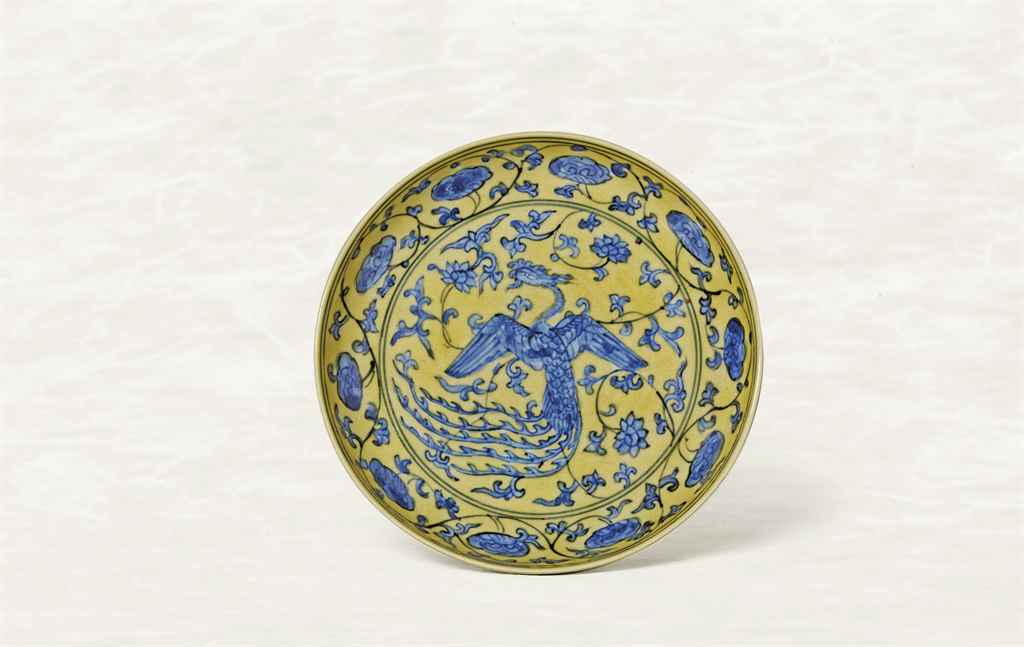
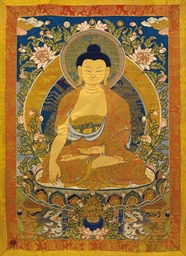
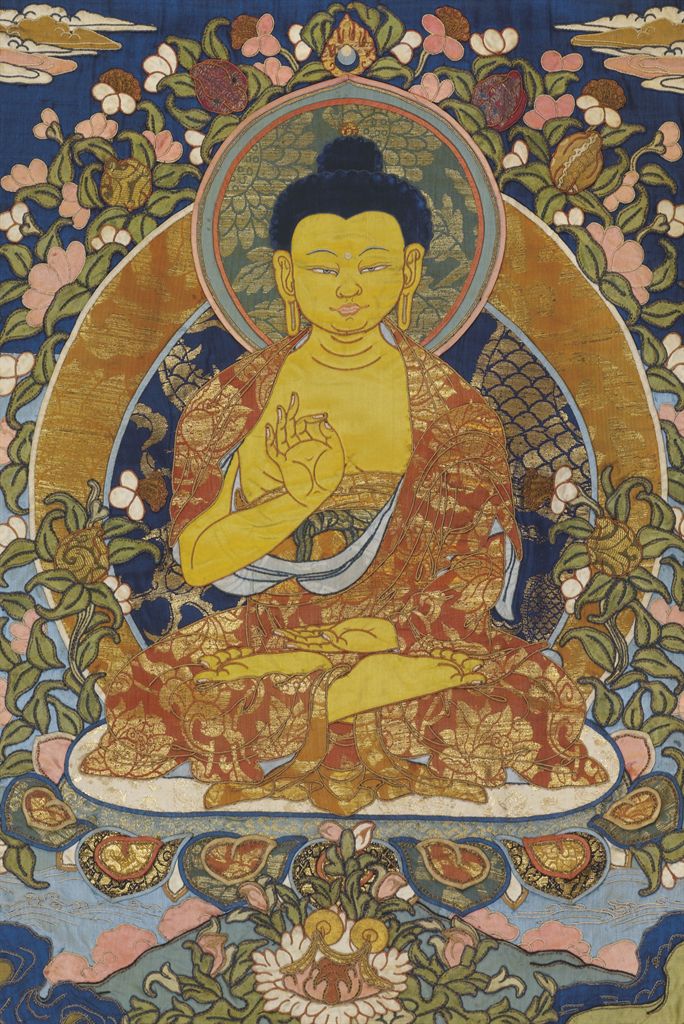
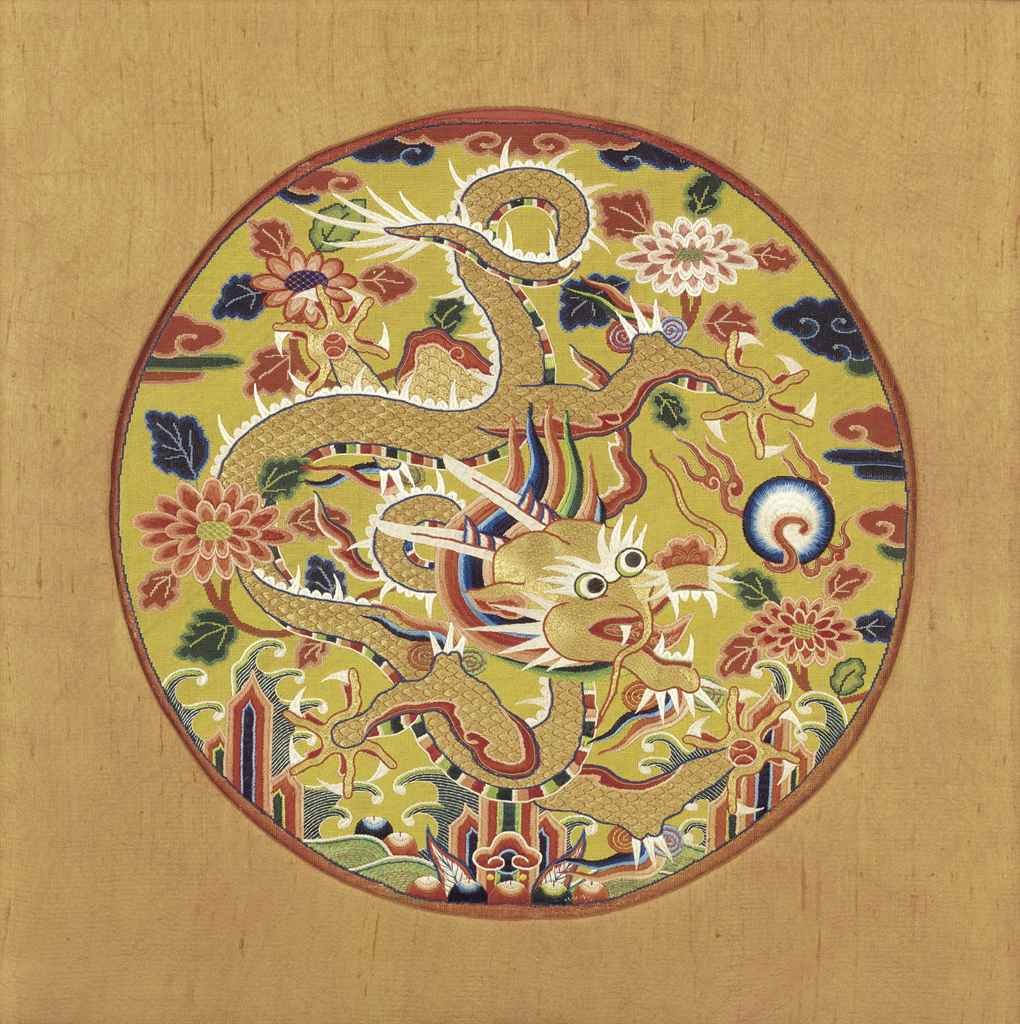
.jpg)
.jpg)

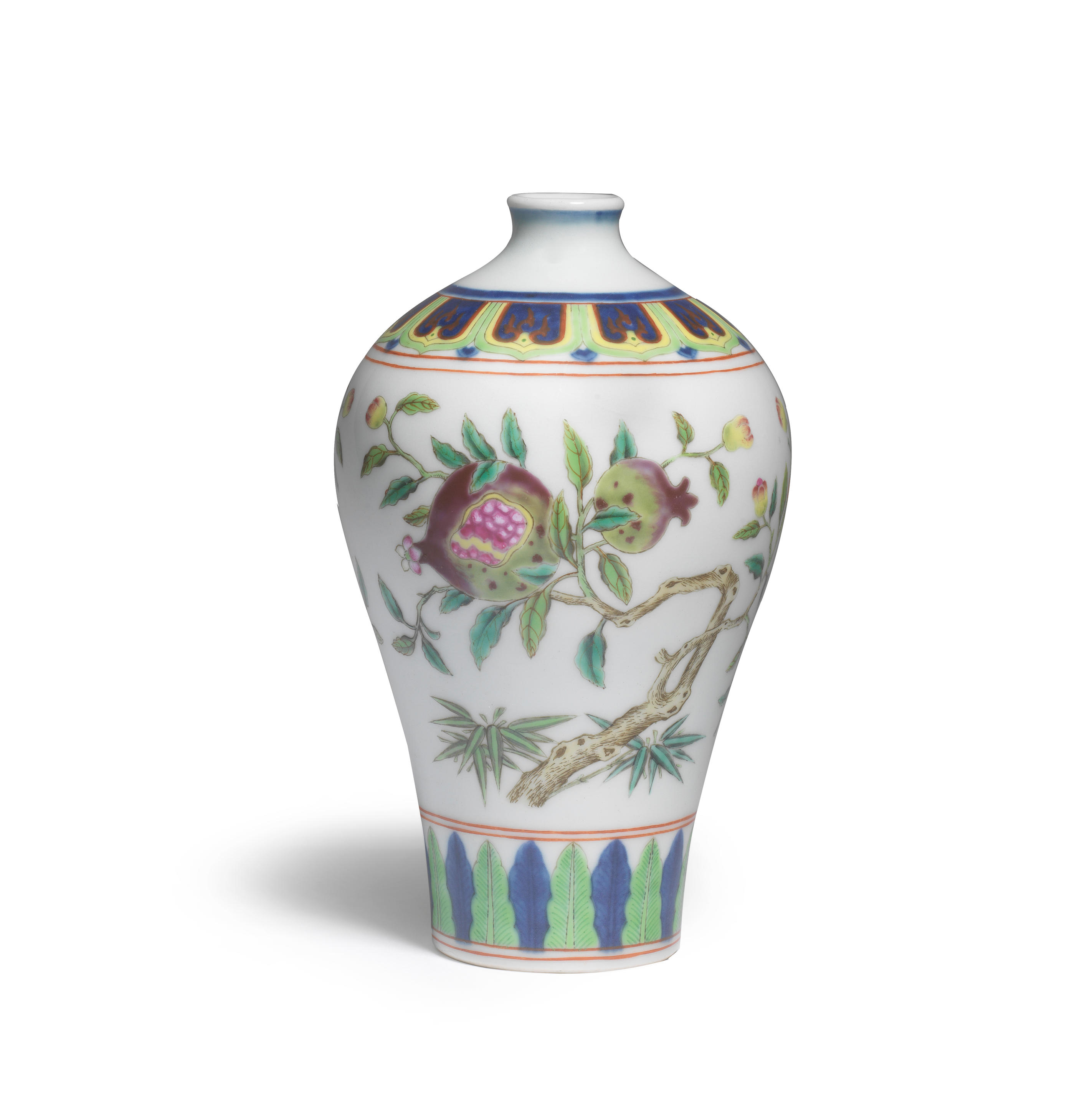
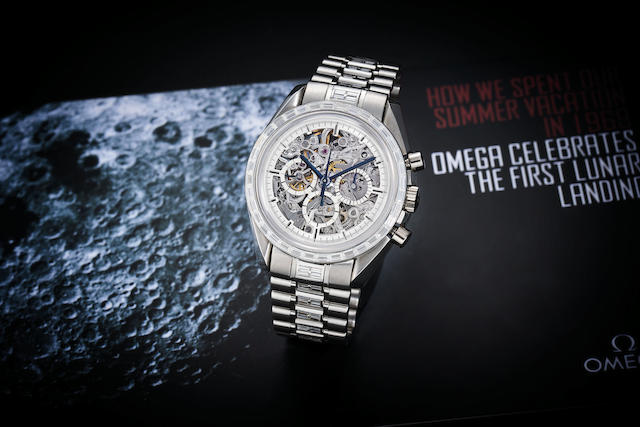

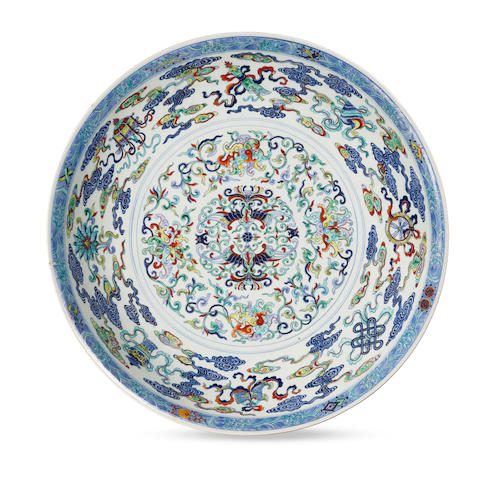


Try LotSearch and its premium features for 7 days - without any costs!
Be notified automatically about new items in upcoming auctions.
Create an alert